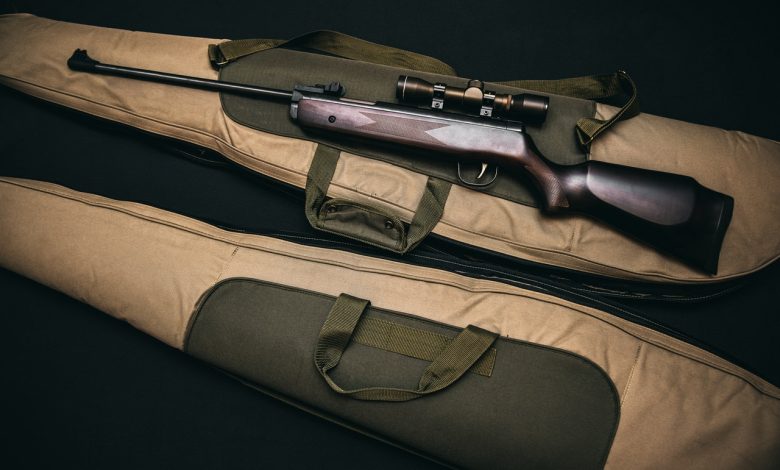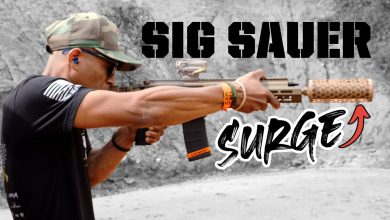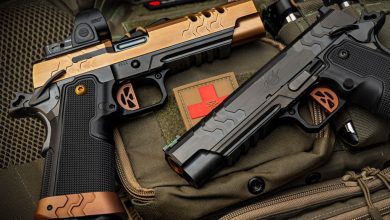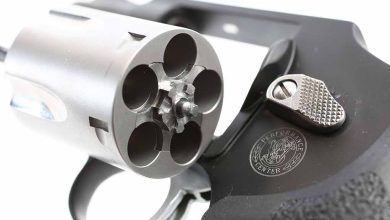Long-Range Rimfire: Tips and Info

Looking for some tips on successful long-range rimfire shooting? This activity has become increasingly popular, and it’s now a regularly trending topic.
Rimfire refers to single-use ammo manufactured using thin brass. With rimfire, the firing pin strikes anywhere on the bottom rim of the cartridge. This causes the priming compound to ignite the propellant, firing the weapon.
Compare this to the more widespread centerfire ammo. In centerfire, the cartridge is manufactured with a hole centered at the base of the casing.
The hole houses a seated primer. The firing pin hits the primer in the center, thus discharging the weapon. In rimfire, the priming compound is spun into the casing itself during manufacturing.
Centerfire is more widespread for a number of reasons. First, with centerfire priming systems, the cartridge can be reused because it maintains its shape. This is not the case with rimfire cartridges, which become permanently deformed after firing.
Second, centerfire — around since the early 1800s — can accommodate more and larger calibers.
Rimfire is typically limited to .22-caliber weapons. In fact, rimfire ammo — invented in 1845 — used .22s as its cartridges.
Finally, rimfire cartridges have reliability issues. This makes rimfire less likely to be used for home protection or self-defense. Instead, longtime rimfire users report greater levels of satisfaction when hunting varmint or plinking (target shooting at cans, bottle, or similar targets). It’s just one of the reasons why rimfire ammo remains so popular.
So why shoot long-range rimfire? One reason is that it allows for a long-range shooting experience at shorter distances.
As Field & Stream puts it: “A standard-velocity .22 LR round, zeroed at 50 yards, drops almost 7½ inches at 100. A 10-mph crosswind will move the bullet another 4 inches.”
The writer continues: “That means you have to know your equipment, adjust for the drop, and dope the wind in order to hit — just like when shooting longer ranges with a centerfire rifle. This is why rimfire training is a popular low-cost option for tactical precision centerfire competition.”
Tips for Long-Range Rimfire
Ready for some fun? Here are a few tips for getting started with shooting long-range rimfire.
- Choose Your Weapon Wisely: Ask the weapons experts at Sporting Systems to recommend the right rig for you and your experience level. You’ll also want to consider beforehand how much you’d like to spend on a rimfire rifle. There are lots of excellent and affordable rifles, including bolt action rifles, that allow for modularity and the addition of optics. Speaking of which …
- Choose Your Glass Wisely, Too: With rimfire ammo, your shot will drop 60 MOA if you’re shooting at 300 yards. The farther the target and the longer the distances — 400 yards, 500 yards — the bigger the drop. You’ll need a good scope to adjust and compensate for that drop.
- Choose Your Ammo: Experts will tell you that the goal in long-range rimfire is to maintain consistent velocity; this allows for maximum precision and repeatability. Many experts recommend the long-range 22LR ammunition for good shot consistency and precise rifling over long distances. Sporting Systems can help you find the right rifle cartridges and bullet weights for your range rifles, so you can become the king or queen of precision rimfire!
Questions? We’re here to help!







